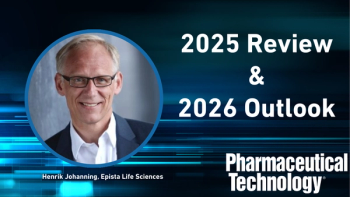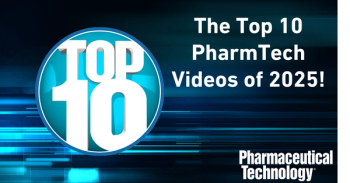
Pharmaceutical Technology Europe
- Pharmaceutical Technology Europe-10-01-2008
- Volume 20
- Issue 10
Business suicide?
Counterfeiting has become the topic of conversation at all levels of the pharmaceutical industry. Considering the rising number of cases, this is hardly surprising.
Counterfeiting has become the topic of conversation at all levels of the pharmaceutical industry. Considering the rising number of cases, this is hardly surprising.
Dr Bibiana Campos-Seijo
The good news is that with mounting concerns from industry bosses comes pressure for EU regulators to take tougher action. Consequently, the European Commission (EC) has decided to finally sit down and write up draft legislation that will regulate the imports of APIs into Europe, curbing substandard APIs. Here, however, we are dealing with two issues at the same time: imported drug products and substandard products.
With regard to imported products, EU legislation obliges EU drug manufacturers to use APIs prepared according to GMP standards, regardless of their country of origin. However, while EU plants are subjected to regular inspections, audits are rarely conducted in sites outside the EU. Therefore, Chinese and Indian manufacturers are exporting APIs, which they claim to be GMP compliant, into Europe without their sites, systems and processes ever being under scrutiny. It is only fair that the EC, at risk of stretching its resources, has promised to conduct more audits in foreign API manufacturing plants to validate their claims.
When it comes to substandard products I have a bit of a problem. While it is obvious that counterfeit legislation should apply to APIs as well as the final product (this has traditionally been the approach of regulatory authorities), the EC is looking to take this a step further by recognizing that substandard manufacturing is a form of counterfeiting too. I think that while we should all agree that counterfeit and substandard products are potentially very dangerous (and in most cases illegal!), they should not be put in the same bag. According to the dictionary, a counterfeit can be defined as "an imitation designed to deceive or defraud"; in contrast, substandard is used to describe the "failure to meet an established or required standard". But this is not only a matter of semantics. My argument is that while counterfeit products are quite likely to be of substandard quality, substandard products are not necessarily counterfeits. The difference is the purpose or intent.
An example of this is the much talked about heparin case, where contaminated heparin was traced back to deficient (substandard?) intermediates in the early stages of production. If you are hoping to establish a trading relationship of some sort, it is very foolish (and irresponsible) to knowingly supply substandard products to a Western buyer that is very likely to discover any deficiencies. It is business suicide! My impression of the story is that the product supplied was simply substandard rather than counterfeit, as the intention of the supplier was not to defraud the buyer. Am I being naïve?
Send your questions and comments by email to
Articles in this issue
about 17 years ago
It's a small worldabout 17 years ago
Monitoring dissolved ozone in the pharmaceutical industryabout 17 years ago
PAT — a team effortabout 17 years ago
Power to the peopleabout 17 years ago
Pushing for allergen labellingabout 17 years ago
Small company, big careerabout 17 years ago
A future without "grey goo"about 17 years ago
Let's talk the same languageabout 17 years ago
PVA copolymer: the new coating agentNewsletter
Get the essential updates shaping the future of pharma manufacturing and compliance—subscribe today to Pharmaceutical Technology and never miss a breakthrough.




